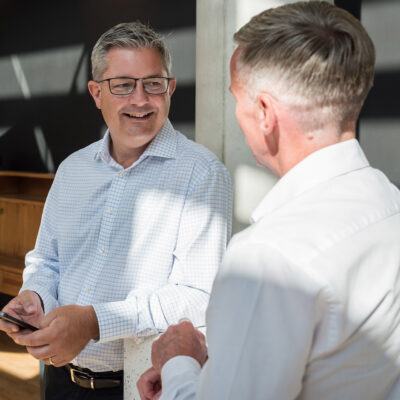Setting Direction and Aligning the Organisation

The feedback I get on these articles is that readers appreciate real-life coaching examples, so I thought I would share a session I had this week with a recently appointed CEO of a mid-sized tech company: He has just taken the reigns from the founder who had built a FTSE 250 but experienced a period of shower growth. My coachees challenge is to develop a new direction for the business and inspire a young, dynamic workforce to jump on a new growth curve.
I am reminded of the film Invictus where Nelson Mandela asks South African rugby captain Francois Pienaar, ‘How do you inspire your team to be the best?’. ‘By Example’ Pienaar responds. Mandela poses the question, ‘yes, but how do you get them to be better than they think they can be?’. This is one of the CEO’s challenges. How can he inspire a workforce of mostly young, brilliant tech graduates to achieve beyond their (or his) frame of reference?
After some discussion, we came to some clear conclusions:
- Alignment is about inspiration, not organisation. Whilst he could spend years getting a neat, brilliantly organised company, to leverage the capability of his team requires him to inspire his team behind a bold, ambitious purpose and vision.
- His bold, ambitious vision must inspire his team to a purpose that goes beyond statistics and financials. This seems obvious, but we started this part of the conversation (as usual) discussing shareholder value and ROCE metrics – As author, Peg Neuhauser said ‘No tribal chief or elder has ever handed out statistical reports, charts, graphs, or lists to explain where the group is heading or what it must do, it’s the stories we tell that allow us to effectively lead and inspire others.
- He should be clear what will differentiate his company from others, or even where they had been based on the context of the day.
- Based on this, set a few clear priorities – things that will truly move the needle towards the bold, ambitious vision.
- He should make some bold, early moves, to show that this was serious – moving his top talent to the areas of greatest priority, invest in the priorities, and stop any activities which are not in support of his plan.
- Create the cultural legend – We agreed he should look to build a story that would, internally, go viral – something that would emotionally connect the team to the vision (‘wow, did you hear about what he did’)
- Focus his activity on changing the habits of his top team, so that they cast a shadow that shapes the behaviours of the wider organisation.
It is early days in our conversations, but we are starting with the end in mind. He is clear where he wants the business to be in five years, and able to describe what he will become known for. Starting with this intentionality is no bad thing and will help my coachee shape how the business develops towards the bold ambitious vision that will inspire those involved.













